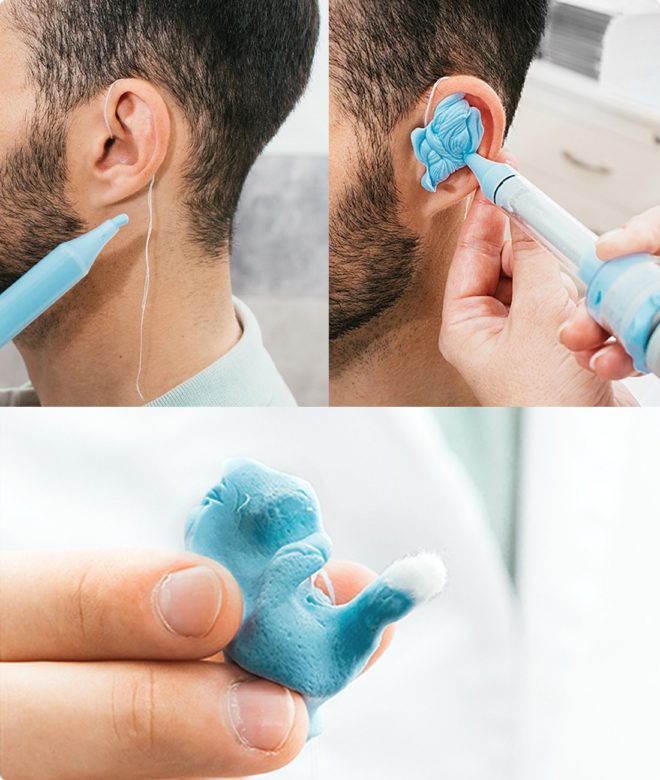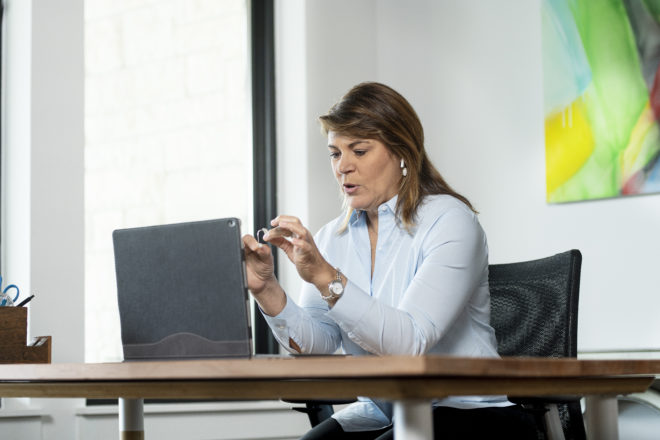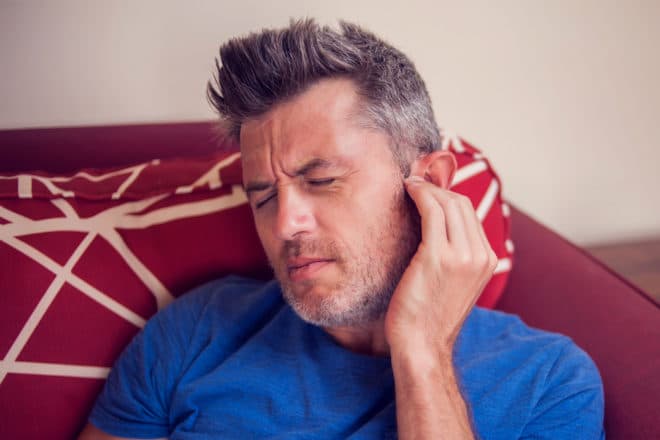Taylor Hearing Centers – Knoxville
Knoxville , TN 37918
Fax: 865-688-8715
Tuesday: 09:00 AM to 05:00 PM
Wednesday: 09:00 AM to 05:00 PM
Thursday: 09:00 AM to 05:00 PM
Friday: 09:00 AM to 05:00 PM
Saturday: Closed
Sunday: Closed
- In Person
- Curbside
- Virtual
Getting here:
From 640E:
Take exit 6 for Broadway/ Old Broadway
Continue straight to second traffic light off exit and take a left
Continue in right lane following exit signs for Tazewell Pike
Tennessee Valley Audiology will be at the bottom of the ramp on the right in the Fountain City business park (toward right corner of office park).
From 640W:
Take exit 6 for Broadway/Old Broadway
Take a right off the exit and follow exit signs for Tazewell Pike
Tennessee Valley Audiology will be at the bottom of the ramp on the right in the Fountain City business park (toward right corner of office park).

What we offer
Comprehensive & holistic care
Unlike other clinics that are limited to offering hearing aids from one brand, we offer solutions and technology from a wide range of top-tier brands, enabling our providers to find the perfect device and fit for each patient.
Treating hearing loss starts here
When you visit in person for a risk-free evaluation, you’ll receive an in-ear examination as well as a comprehensive hearing test, including Otoscopy, Tympanometry, Tone Test, Bone Conduction and Speech Discrimination. Can’t make it to the office? Meet with us curbside or virtually!
Hearing aids & treatment
Our clinicians are extremely knowledgeable on the latest technology and will work with you to find the best solution to fit your lifestyle. We offer a wide range of hearing aid brands, with styles, and technology to fit your needs and budget.
Tinnitus testing & treatment
While there is no cure for tinnitus, it can improve greatly with treatment. A full examination including diagnostic testing often pinpoints the underlying cause of the tinnitus, and various treatments are available to help with the symptoms.
Hearing protection
We specialize in hearing protection for recreation and high-noise jobs, with different levels of attenuation and protection available. From custom in-ear monitors to filtered ear plugs, we have multiple options for protection.
Insurance counseling
Navigating your insurance benefits is no easy task. That’s why we have insurance specialists on-staff who are happy to verify your benefits and take the time to explain them. Relax in the knowledge that we work with most major insurance brands — and let us handle the hard stuff.
Additional clinic details

Custom hearing protection
At Taylor Hearing Centers-Knoxville, we specialize in providing custom hearing protection for hunters, musicians, and anyone whose hobby, lifestyle, or work exposes them to loud noises. We also specialize in state of the art hearing technology for those that suffer from noise-induced hearing loss.

Offering telehealth and virtual services
At Taylor Hearing Centers-Knoxville, we offer telehealth services to those “snowbirds” who travel outside of our area or simply can't make it in to our clinic. Telehealth is also available to those who are not comfortable or unable to leave their home at this time.

Tinnitus management
Providers at the Taylor Hearing Centers-Knoxville location have extensive training in tinnitus management. From diagnosis to treatment to prevention of a relapse, we can help you manage the ringing in your ears.
Patient Reviews
-
Sandra Mathews Heird
Extremely nice audiologist. The business was very clean; wiping, cleaning, and sanitizing. They had throwaway paper covers for everything. It seemed they scheduled appointments so people there would be staggered in the waiting room. I was completely alone until the audiologist came to get me for my appointment. I highly recommend this for hearing tests and anything that pertains to same. I will never go anywhere else! 5 stars 🌟 -
Jeremy Martin
I can not put in words how thankful I am for Tennessee Valley Audiology. I need my hearing aids for work, and Dr. Earl has taken care of me numerous times to make sure I have everything I need and more. I highly recommend them. They’re honest, RELIABLE, and good at what they do!! -
Teresa Cinnamom
It was great they was very patient with my grandmother who is legal blind and made sure she didn't fall
Meet the team

Dawn Peterson

Skylyn Stewart
Frequently Asked Questions
What changes have been made since Scallan Hearing changed to Taylor Hearing Centers?
You will notice a little bit of a facelift! In both our Seigen and Goodwood offices you will experience the same great service with updated equipment and technology options as well as curbside service for our convenience.
With the clinic name change, what can I expect?
Scallan Hearing has been a high-quality family-owned Audiology practice in Baton Rouge for over twenty years. Joining with the Taylor Hearing Centers team of practices will not only continue that high quality of care, it will enable even greater service model and technology options to fit your lifestyle needs. In addition, we are able to be in-network with most major health insurance plans to make devices and solutions more affordable to you.
Where exactly is the Seigen office located (in the complex?)
We are located near the main library and there is ample parking with easy access to our clinic.